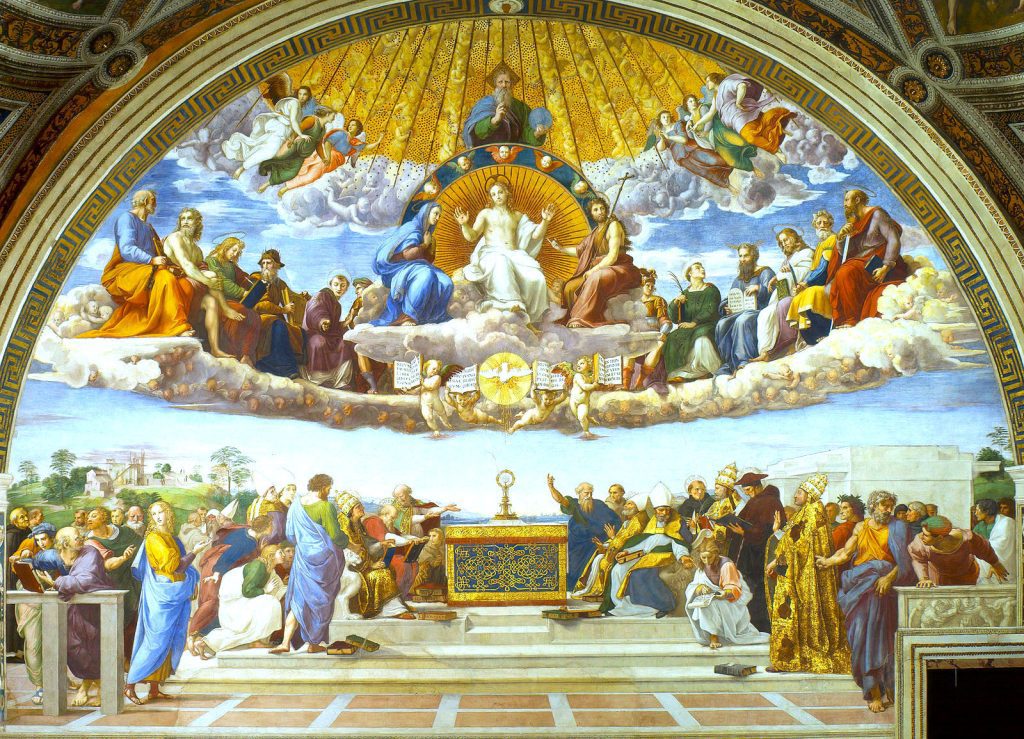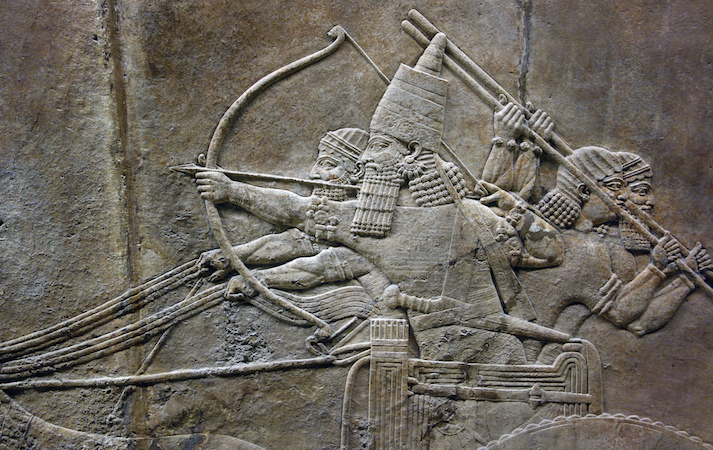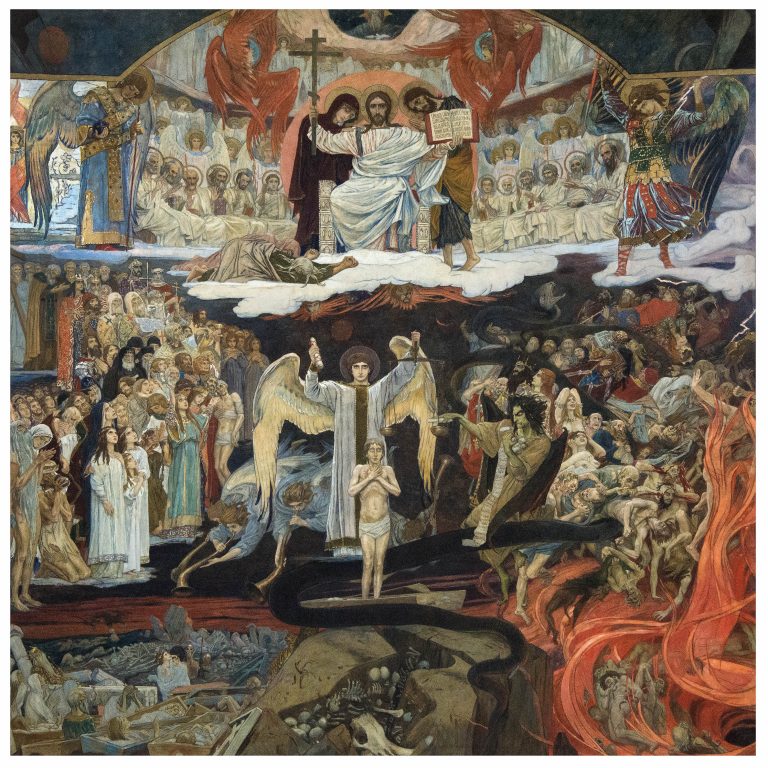This article is from greeniewatch.com:
“How Much should it cost to get back to the speed standards of 100 years ago?
In Britain, the Swindon-built “City of Truro” steam train exceeded 100 mph in 1904 so American speeds would have soon emulated that. Earlier American records are in fact claimed but not substantiated. And note this comment by a passenger on the record run by “City of Truro”: “At this time the travelling was so curiously smooth that, but for the sound, it was difficult to believe we were moving at all…”. So they built good track back then too. And it is not only good track that the Great Western Railway company built. “City of Truro” itself still exists in good condition in Britain’s National Railway museum. It is only regulations that have slowed us down in modern times

News stories in the Midwest last month cited a “historic” 15-mile Amtrak trip between Dwight and Pontiac, IL run at 110 mph. Those are the first 15 miles of the Chicago-St. Louis route that have been fully upgraded for the increased top speed (compared with the usual top speed of 79 mph). Upgrading involves installing positive train control (required by law for passenger rail going faster than 79 mph), fencing, a four-gate system at grade crossings, and upgraded track with concrete ties. On board were DOT Secretary Ray LaHood, Illinois Gov. Pat Quinn, Sen. Dick Durbin, and other dignitaries.
The overall federally aided project intends to upgrade the entire 284 miles of track between Chicago and St. Louis for higher-speed rail with 110 mph top speed and an average speed of 71 mph, enabling the trip time to be cut to four hours from the current five and a half hours. Thus far, $1.6 billion has been spent ($1.2 billion from you and me, as federal taxpayers and another $400 million from Illinois taxpayers.) The total price tag for the route upgrade is $6 billion—and that does not include double-tracking the mostly single-track line.
How many more passengers will the 1.5-hour shorter trip attract? Prof. Ray Mundy, Director of Transportation Studies at the University of Missouri, St. Louis, told public radio’s “Marketplace” that “the amount of people that are going from downtown St. Louis to downtown Chicago that would be affected by improved rail service . . . probably wouldn’t be enough to fill up a 737 that Southwest flies.”
It’s not clear to me, even if Mundy is off by a factor of ten, that spending $6 billion of general taxpayers’ money to provide subsidized competition to tax-paying, self-supporting airlines and bus lines could possibly make sense.
And by the way, as transportation reporter Jon Hilkevitch pointed out in an Oct. 19th Chicago Tribune story on this test run, in the days of steam locomotives passenger trains in the Midwest often exceeded 100 mph.”
Transportation lunacy has run off the rails. Wasting billions of dollars to go more slowly than trains a hundred years ago is waste of the worst kind. A few profiteers make a lot of fast money. The rest of us spend generations paying it back. The Culture of Death applauds, appeasing idols in the temples of Babylon.







